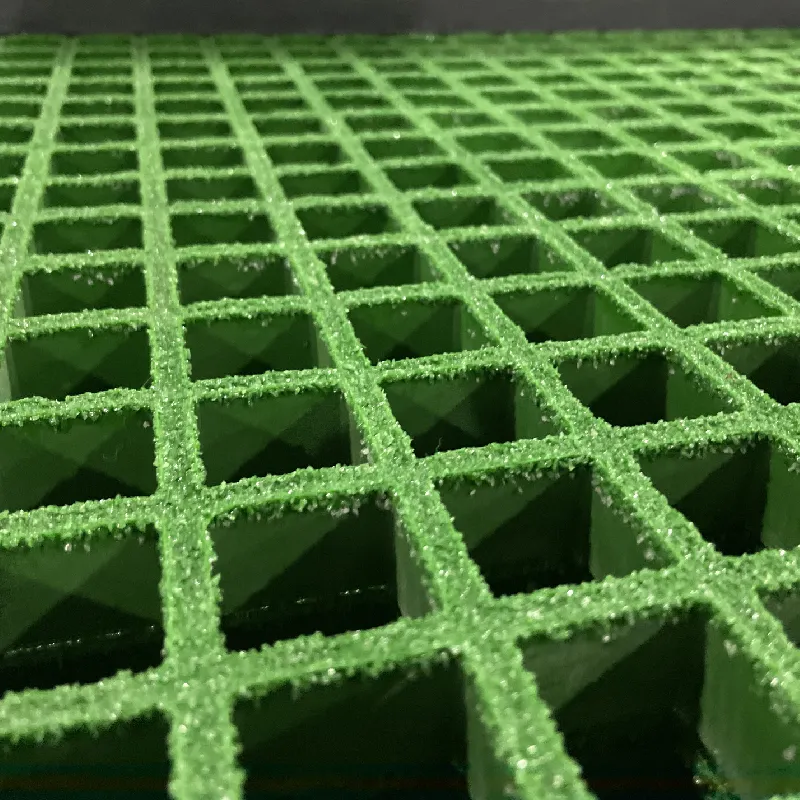loading...
- No. 9, Xingyuan South Street, Dongwaihuan Road, Zaoqiang County, Hengshui, Hebei, China
- admin@zjcomposites.com
- +86 15097380338
- Welcome to visit our website!
fibre reinforced plastic tanks
The Advantages of Fibre Reinforced Plastic Tanks
Fibre Reinforced Plastic (FRP) tanks have surged in popularity across various industries, thanks to their unique composite material properties that combine strength, durability, and lightweight characteristics. These tanks are constructed using a polymer matrix reinforced with fibrous materials, typically glass fibers or carbon fibers, which enhance their mechanical properties while maintaining a low weight. In this article, we will explore the numerous benefits of FRP tanks and their applications.
Durability and Corrosion Resistance
One of the standout features of FRP tanks is their exceptional durability. Unlike traditional materials such as steel or concrete, fibreglass tanks are highly resistant to corrosion, making them ideal for storing aggressive chemicals, wastewater, and other challenging materials. This property significantly reduces the risk of leaks and environmental contamination, contributing to safer operations in various industries. For example, in the chemical manufacturing sector, FRP tanks can endure harsh conditions and corrosive substances without compromising structural integrity.
Lightweight and High Strength
The lightweight nature of FRP tanks offers substantial advantages in terms of installation and transportation. Weighing significantly less than their steel counterparts, FRP tanks are easier to handle and install, requiring less heavy lifting equipment. This can lead to reduced installation costs and shorter project timelines. Moreover, their high strength-to-weight ratio allows these tanks to be built in larger sizes without the need for additional support structures, enabling efficient storage solutions for various applications, from water treatment facilities to agricultural uses.
Insulation and Temperature Resistance
Fibre Reinforced Plastic tanks also provide excellent insulation properties, which is crucial for maintaining the temperature of stored liquids. This is especially important in industries where temperature control is critical, such as food and beverage processing or chemical storage. The ability to resist temperature fluctuations helps in preserving product quality and reduces energy costs associated with temperature management.
fibre reinforced plastic tanks

Customization and Design Flexibility
Another significant advantage of FRP tanks is their design flexibility. Manufacturers can easily customize the size, shape, and configuration of these tanks to meet specific requirements. This adaptability allows businesses to optimize their storage systems for more efficient layouts, maximizing the use of available space. Additionally, FRP tanks can be produced with various surface finishes and colors, enhancing aesthetics while remaining functional.
Environmental Benefits
With an increasing emphasis on sustainability, FRP tanks align well with eco-friendly practices. The materials used in their production can be tailored to reduce environmental impact, and their longevity leads to less frequent replacement compared to traditional tanks. Furthermore, since they do not corrode like metal, they require less maintenance, which translates to less waste generated from frequent repairs and replacements.
Cost-Effectiveness
While the initial cost of FRP tanks may be higher than conventional materials, their long-term benefits often outweigh these initial expenditures. The durability and corrosion resistance of FRP lead to lower maintenance costs and a longer service life. Additionally, reduced installation time and transportation costs contribute to overall savings. Industries that adopt FRP tanks can see improved operational efficiency, further enhancing their return on investment.
Conclusion
In conclusion, Fibre Reinforced Plastic tanks present a myriad of advantages that make them an attractive option for a variety of industries. Their durability, lightweight properties, corrosion resistance, and customization options provide significant benefits when compared to traditional storage solutions. As industries continue to prioritize safety, efficiency, and sustainability, the adoption of FRP tanks is likely to increase, marking a significant shift in how we approach storage and containment solutions. With the continuous advancements in composite materials, the future looks bright for fibre reinforced plastic technology.
-
The Rise of FRP Profiles: Strong, Lightweight, and Built to LastNewsJul.14,2025
-
SMC Panel Tanks: A Modern Water Storage Solution for All EnvironmentsNewsJul.14,2025
-
GRP Grating: A Modern Solution for Safe and Durable Access SystemsNewsJul.14,2025
-
Galvanized Steel Water Tanks: Durable, Reliable, and Ready for UseNewsJul.14,2025
-
FRP Mini Mesh Grating: The Safer, Smarter Flooring SolutionNewsJul.14,2025
-
Exploring FRP Vessels: Durable Solutions for Modern Fluid HandlingNewsJul.14,2025
-
GRP Structures: The Future of Lightweight, High-Performance EngineeringNewsJun.20,2025
